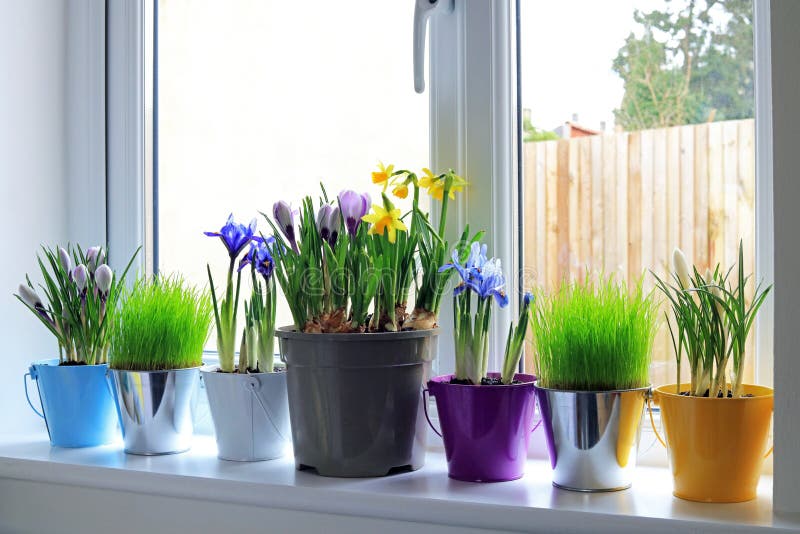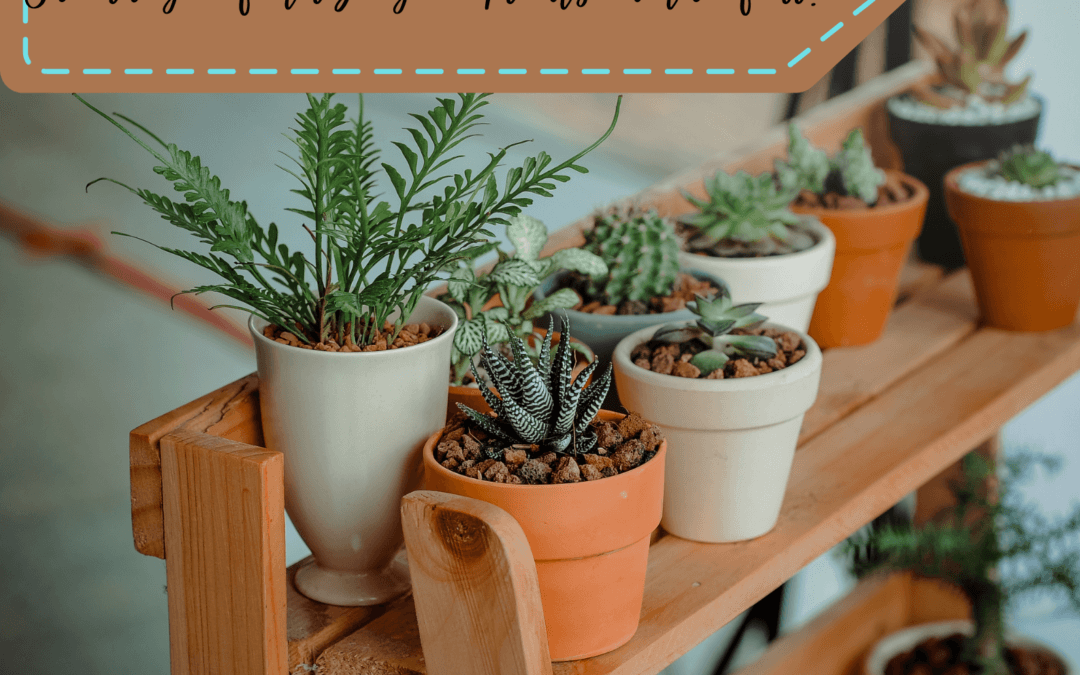==================
A Caveat and Affiliates
First off, a little caveat: within my articles you will find affiliate links, meaning if you buy them, I get a small commission. Your cost is not affected. In addition, I am an Amazon Associate and I earn from qualifying purchases on Amazon.
And yes, if I say that I recommend a product here, it means I truly believe it is a good product. I refuse to recommend any product that I have not researched and believe to be a good value.
Even better, I provide you with a very clear picture of the product, it’s use, and the probable value.
Earning your trust is important to me. I run this website myself and the commissions and donations help support the site.
Sound reasonable and fair enough? Let’s continue to the article.
==================
Should you Fertilize Plants in the Fall?
Fall Fertilizing of Plants, Trees, and Shrubs
Gardeners, did you know that the best time to fertilize your plants, trees, and shrubs is in the fall? We know you didn’t see that coming. Here’s why!
Fertilizing your plants, trees, and shrubs helps prepare them for the cold of the winter season. In winter, plants will need the extra hand to manufacture higher concentrations of the nutrients they need to avoid freezing. Fertilizing in the late fall, preferably, will make your plants, trees, and shrubs stronger when temperatures drop to 40 degrees or lower.

Applying fertilizers for your plants, trees, and shrubs in late October or early November will do wonders for your garden, although any time during fall is alright. Late fall fertilization can encourage root growth and longevity among plants, trees, and shrubs. This is a sure way to adequately prepare them for winter and achieve a healthy spring-ready garden.
However, it is essential to note that different types of plants, shrubs, and trees require different types of fertilization. To give you an idea of how to prepare your garden for the winter cold, read on!
Fertilizer Crash Course
Before proceeding to this part of the article, knowing the fundamentals of fertilizers is crucial. The three numbers you see on fertilizers (for example, 10-5-10 or 5-10-10) aren’t that hard to comprehend. These values represent the macronutrients present in your plant food, namely nitrogen (N), phosphorus (P), and potassium (K), respectively.
Why are these macronutrients important for your plants, trees, and shrubs?
Nitrogen
Generally, nitrogen is a nutrient crucial for the growth of leaves in plants. This essential mineral contains chlorophyll, a compound used by plants to produce sugar with the help of sunlight, water, and carbon dioxide. Moreover, it is a component needed to make protein for plants, without which plants, trees, and shrubs will wilt and expire.
Nitrogen is a nutrient vital for plant reproduction, growth, and development, seeing as plants need about 3-4% nitrogen to be healthy. However, nitrogen deficiency is one of the most common nutritional crises in gardening and plant care. Thus, your plants, trees, and shrubs need fertilizers to help with their growth and maturity.
Phosphorous
This mineral nutrient is vital for root growth, flower development, and fruit production of plants. It is known for capturing and transforming solar energy into beneficial plant chemicals, which help plants grow and develop. Plant growth factors associated with phosphorus include higher stalk and stem strength, crop quality improvements, stimulated root development, etc.
Phosphorus deficiency in plants can be hard to diagnose and are likely to be irreparable. When plants are low in phosphorus, they can be translocated from old plant tissue to young, actively developing regions. Deficiency can primarily affect seed development and crop quality during the growing season, which is why plants need fertilizers for phosphorus supply.
Potassium
We owe the quality of the overall functions of our plants to the mineral nutrient potassium. It is often referred to as the quality nutrient of plants due to its participation in all plant processes of plant growth and reproduction. This nutrient dramatically influences the size, shape, color, and potency of plant grains or seeds.
Potassium deficiency is highly damaging for your plants, trees, and shrubs. It deters their ability to fight against pest attacks, nematode attacks, and diseases. In addition, it can weaken plants’ resistance to excess water, drought, or extreme temperatures.
During the winter, plants may need high potassium levels; thus, fall fertilization is highly encouraged. However, the type of care that your plants, trees, and shrubs need differs with their respective classes. Therefore, it is vital to know what kinds of plants live in your garden and how you could fertilize them in the fall.
How to Fertilize Different Types of Plants, Trees, and Shrubs in the Fall
All plants are different one way or another. Their differences encompass variations in the level of nutrients needed during extreme seasons like winter. What fertilizer is suitable for the type of plants, trees, and shrubs that you have in your garden?
Perennial Plants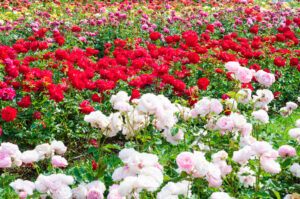
Perennials are plants that have a life of more than two years, unlike annuals (who last a year) and biennials (who take two years to grow). Despite this, perennials are known to have shorter periods of bloom than annual plants. Some perennials are more short-lived than others, lasting only a few years while some last longer.
These plants are relatively low maintenance and are commonly favored by people who maintain a garden due to its long life. Examples of perennial plants include hostas, false indigo, daylily, phlox, hydrangeas, butterfly bush, lupines, and coral bells.
Encouraging growth and potency are the main reasons why fertilizing perennial is a good idea. However, these plants hate it when their natural development is disrupted by over-fertilization. Excessive fertilizing of perennials may cause zero blooms, pre-disposal to pest or disease attacks, and decreased ability to withstand extreme temperatures.
Fertilizing perennials in the fall is beneficial in ensuring plant strength and healthy, voluminous bloom in spring. Take note that these types of plants thrive in environments that have low nitrogen and low phosphate content. Remember not to excessively fertilize them, though!
Spring Bulbs
Also called hardy bulbs, spring bulbs are commonly planted in the fall and grown during the winter to reveal beautiful flowers in spring. Cold temperatures are necessary for these plants to wake them from dormancy and start blooming. Spring bulbs are popular among landscapists who are beginners or lazy gardeners because they are incredibly low maintenance.
Flowers of spring bulb plants are some of the most beautiful ones you will see out there. They are often bright, colorful and are the perfect addition to your magical gardens. Some spring bulb plants include tulips, daffodils, hyacinth, irises, crocus, allium, etc.
To care for spring bulbs, ensure they are planted four times lower than their height, and with their tips facing upwards. Spring bulbs need rich soil, and it could be achieved by adding organic or synthetic fertilizers. After blooming, fertilizing spring bulbs may not be a good idea as it can likely rot the bulbs and shorten plant life.
Spring bulbs require phosphorus at the root level, so mixing fertilizer with the soil is the way to go. The soil bed should contain a 10-10-10 or 10-15-10 fertilizer to maximize development and plant health in the fall. This encourages the generation and storing of food that will last until the spring season.
Roses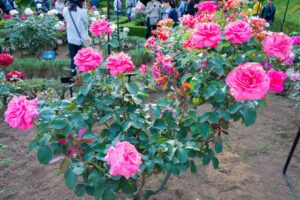
These plants are among the most popular plants ever to exist. Roses are woody perennials that have more or less three hundred known species. These bushes are commonly classified into three groups known as old roses, modern hybrid roses, and wild roses.
Rose bushes thrive best when they are exposed to sunlight for at least six hours every day. They also need soil with a sound drainage system but can retain moisture until the roots are reached. Rose bushes are on the high maintenance side as they require regular watering, fertilizing, tending, and pruning.
Roses require heavy amounts of plants, so fertilization is crucial in its care. They need lots of nitrogen, phosphorus, and potassium for growth, along with other micronutrients such as magnesium, calcium, and iron. Roses may be fed organic fertilizers over long periods or inorganic compost over several months based on identified factors.
However, during the fall season, fertilization is discouraged. This is because fall fertilization motivates fall growth. The bad thing is that since the temperature is extremely low for the next several months, its blooms will wilt and die eventually.
Lawns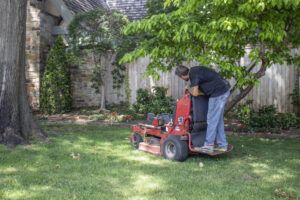
A well-maintained lawn will tell you how skilled its owner is. The problem lies in the fact that yards are generally difficult and expensive to maintain, regardless of their size. For instance, it requires that you occasionally watch out for weeds, moss, and thatch; maintain its drainage system, mow, edge, etc.
Aside from the several different ways to care for lawns, fertilizer is one thing you can do to maintain your property. It is essential to be aware of how often and when lawns should be fed with plant food. The best time to fertilize your lawn is in the late spring or early fall.
Lawns benefit greatly from fall fertilization and overseeding. This ensures that your yard is enriched with the necessary nutrients that it needs to survive the cold of the winter season. In the spring, you can expect a bush and lush lawn that will earn you compliments.
Conclusion
Fertilization is one of the most significant investments when it comes to planting and gardening. The timing of fertilization for your plants, trees, and shrubs is an essential tool in ensuring that you are growing healthy, potent plants. Depending on their types, fertilization during the fall season can be beneficial to your goal of producing vigorous blooms for the springtime.
What types of plants do you have in your garden? Are you ready to start preparing for your plant needs during the cold seasons? If not, this is your sign to start now!
Read More:
Fertilizing Trees and Shrubs (Clemson.edu)
